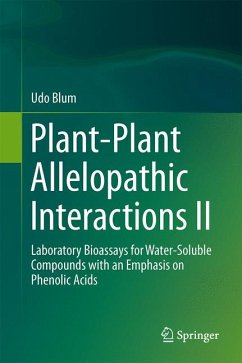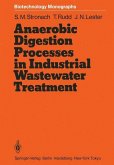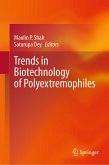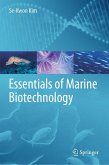In the first volume the author suggested that we could improve our understanding of plant-plant allelopathic interactions in the field by making laboratory bioassays more holistic. Reflections after the volume was published lead the author to conclude that a more detailed analysis of the factors making up laboratory bioassays was needed in the hope that such an analysis would provide clearer and more useful directions on how to design more holistic or more relevant laboratory bioassay systems. The more holistic being a theoretical goal and the more relevant being a more pragmatic goal. This volume has been written specifically for researchers and their graduate students who are interested in studying plant-plant allelopathic interactions. The author hopes that this retrospective and at times critical analysis of laboratory bioassays will provide a foundation for better and more field-relevant laboratory designs in the future. This volume has 7 chapters describing: 1. background for designing plant-plant allelopathic laboratory bioassays, 2. the fundamentals of laboratory bioassays, 3. the issues and challenges associated with designing more relevant laboratory bioassays, 4. a set of hypothetical standard screening laboratory bioassays, 5. the known effects of putative allelopathic compounds such as phenolic acids, the physicochemical and biotic factors that modify their effects, and their modes of action, 6. a set of standard hypothetical cause and effect laboratory bioassays, and 7. the differences between field systems and laboratory bioassay systems, ways to minimize the impacts of atypical factors in laboratory bioassays, and future directions.
Dieser Download kann aus rechtlichen Gründen nur mit Rechnungsadresse in A, B, BG, CY, CZ, D, DK, EW, E, FIN, F, GR, HR, H, IRL, I, LT, L, LR, M, NL, PL, P, R, S, SLO, SK ausgeliefert werden.









